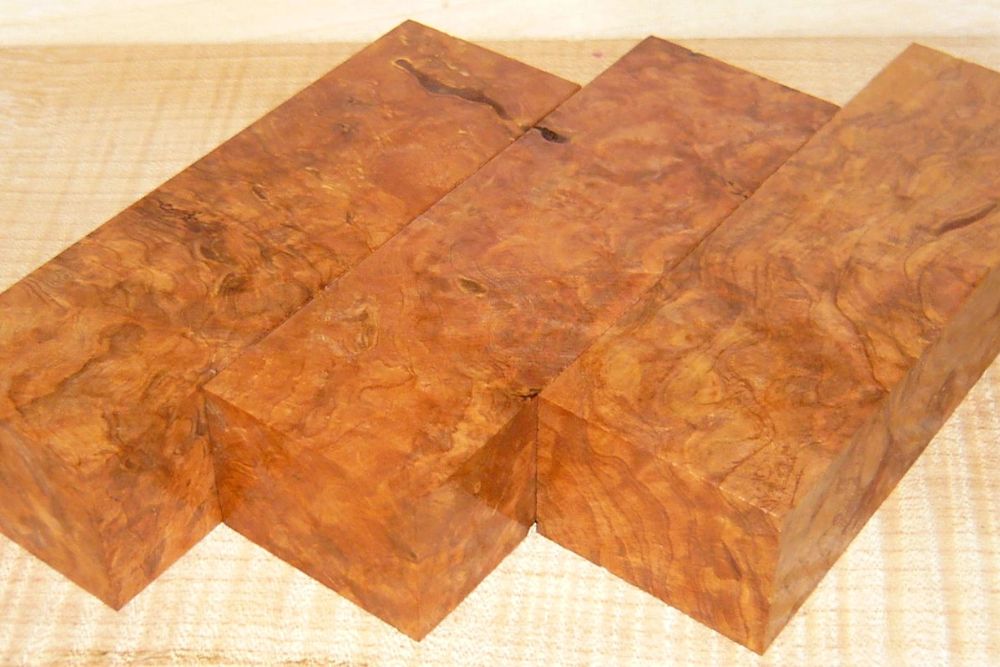
- Erin Walker
- Comments 0
- 12 Jan 2025
Bang Lang tonewood is gaining fame among music instrument makers. The wood is admired for its distinctive qualities and beauty, making it a top pick for instrument creators and players wanting the best materials. No matter if you’re an expert or just keenly interested, learning about Bang Lang tonewood can give key information on its use in crafting top-drawer musical instruments. This blog post will investigate what gives Bang Lang tonewood its distinctive allure, its varied uses, and handy advice on picking and maintaining this splendid material.
What is Bang Lang Tonewood?
From the Bang Lang tree, which is scientifically named Dalbergia cochinensis, comes Bang Lang, a unique type of hardwood. This wood comes from Southeast Asia, mostly Thailand, and has been treasured for hundreds of years because of its beauty and special qualities. This wood is often linked to traditional musical craftsmanship, where its beautiful look and wide range of tones are highly valued.
The Bang Lang tree itself grows in the tropical forests of Southeast Asia, thriving in humid and warm climates. The wood harvested from this tree is known for its high density and hardness, making it a favored material for crafting musical instruments. Its deep, warm colors, ranging from reddish-brown to dark brown, add to its allure, providing both functional and aesthetic benefits.
Lately, Bang Lang wood is on everyone’s radar. Why? Folks crafting instruments love it! They’re after its special features— it gives instruments a sound that’s off the charts and a look that’s hard to beat. The more people fall in love with Bang Lang, the more important it gets in our musical world and expert crafting circles.
Key Characteristics of Bang Lang Tonewood
1. Density and Hardness:
Bang Lang stands out for its amazing thickness and sturdiness. These traits add to its capacity to create a rich, echoing sound with great hold. The solid aspect of the wood boosts its lifespan, marking it as a dependable pick for top-notch instrument making. This thickness certifies that Bang Lang can handle the stresses of music play and shifts in weather without losing its solid build.
2. Grain Pattern:
Bang Lang grain pattern is usually fine and straight, but it can show patterns that interlock at times. This tight grain structure is very important for making sure that the whole instrument sounds the same. A clear grain pattern also makes the wood look better, giving it a classy and sophisticated look. The overall clarity of the tone and resonance of the instrument are helped by how uniform the grain is.
3. Color and Aesthetic Appeal:
Bang Lang wood, famous for its stunning, profound reddish-brown to dark brown hue, adds a dash of elegance to any music tool made from it. The wood matures over time, gaining a lovely patina that boosts its appeal, making each item stand out. Naturally patterned and colorful, it’s a favorite among folks hunting for unique and alluring looks in their music gears.
How to Choose Bang Lang Tonewood?
1. Assessing the Grain and Color:
Choosing Bang Lang tonewood, it’s vital to check the grain and color carefully. Aim for a close, straight grain that doesn’t have many knots or oddities. A uniform color throughout suggests top-notch wood, adding to a smoother sound and a more pleasing look. Changes in color and grain might alter the final instrument’s performance and look.
2. Checking for Density and Weight:
How heavy a piece of Bang Lang wood is defines what kind of sound it makes. More weight usually means thicker, fuller sounds. But remember! What you’re using the instrument for matters too. Take into account what the project needs and pick something that fits. It should still give you the sound you want.
3. Inspecting for Defects:
It’s crucial to inspect Bang Lang tonewood for any defects such as cracks, splits, or signs of decay. Defects can compromise both the tonal quality and durability of the instrument. Ensure that the wood is in excellent condition before making a purchase, as this will directly impact the performance and longevity of the final product.
Applications of Bang Lang Tonewood
1. Guitar Making:
Bang Lang wood is beloved in guitar making. Why? Its awesome sound! It gets picked a lot for the back and sides of acoustic guitars. Here’s the thing: it’s dense and hard. Good news! This means a balanced, echo-y sound. Plus, Bang Lang is tough as nails! Guitars keep their shape over time. So, serious guitar makers go for it in swanky instruments.
2. Xylophone Construction:
In customary Thai tunes, Bang Lang is the wood choice for making xylophones and similar rhythm-making tools. The wood’s unique sound and ongoing tone make it perfect for such uses. It’s tough and dense, which adds to the accuracy and lasts longer. This lets musicians hit the exact note they want, every time.
3. Decorative Uses:
Sometimes, you’ll find Bang Lang in classy furniture or cool decorations. Its dark color and neat grain make it perfect for custom-made items. The wood looks attractive, giving a neat touch wherever it’s used. It’s more than just a musical material – it’s versatile!
How to Properly Care for Bang Lang Tonewood?
1. Climate Control:
It’s vital to keep Bang Lang tonewood climate steady. Changes in warmth and moisture could make the wood twist or break. Ideally, we should store the wood where we can control the climate, so it lasts longer and works better. The right storage place helps keep the wood good and stops potential harm.
2. Regular Maintenance:
Look after your Bang Lang instruments well. Use certain cleaners and shines meant for tough woods. This keeps the wood healthy. Keep an eye open and deal with any wear and tear fast. This secures your instrument, keeping it in its best state to play.
3. Avoiding Extreme Conditions:
Keep Bang Lang tonewood safe from intense heat and bright light. These can make the wood lose moisture or shift in color, which might alter how it sounds and looks. Try to keep the wood safe from bad weather to make sure it lasts long and stays in good shape.
The Future of Bang Lang Tonewood
Bang Lang wood’s demand is on the up. People are now chasing after its unique quality and high value. Sustainability is key. We must look after Bang Lang forests to keep this precious resource available. The more we use it creatively, the more people like it. Especially in the musical crafting field, its popularity seems set to soar.
Conclusion
Bang Lang tonewood stands out for its exceptional characteristics and versatility. Its blend of aesthetic beauty and acoustic performance makes it a prized material for luthiers and craftsmen. Understanding the properties and potential of Bang Lang can enhance your appreciation of this remarkable wood and its role in creating beautiful, high-quality instruments. As interest in Bang Lang continues to grow, its influence in the world of tonewoods will undoubtedly expand, offering new opportunities for both makers and musicians alike.


